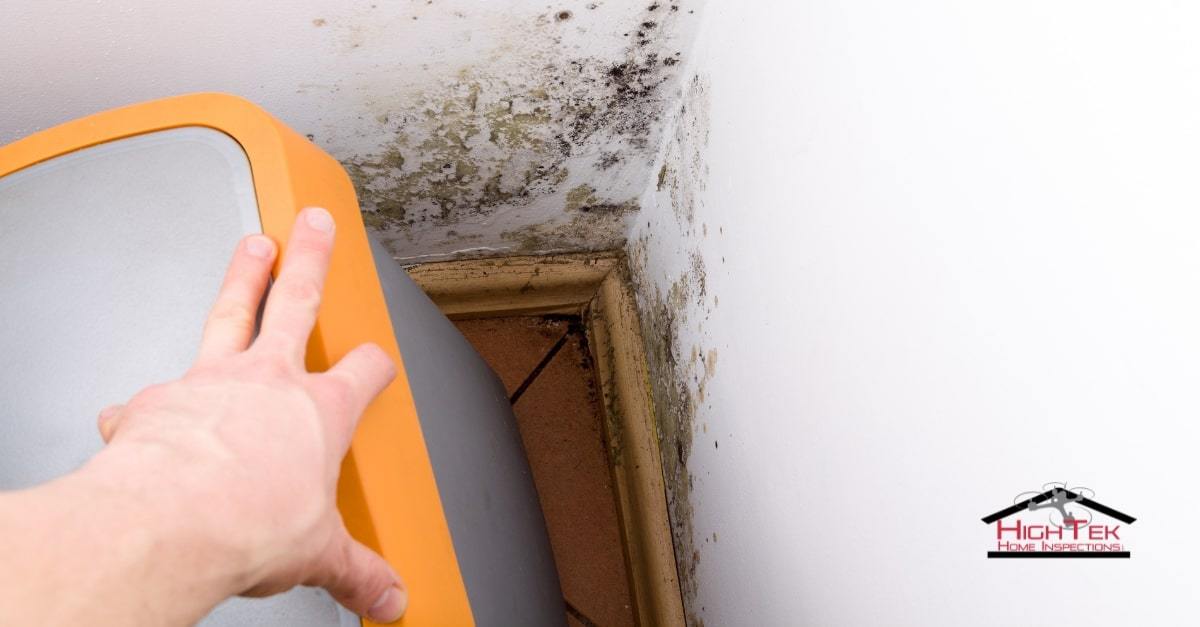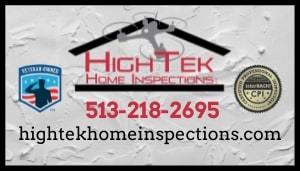Discovering a mold problem is something no homeowner wants. And yet, having a mold problem and not discovering it is even worse. It’s important to note that every home has mold, but not every home has a mold problem. If you’re wondering how to find mold in your home to see if it’s a problem, here’s what you need to know.
Signs Of Mold
Visible mold spores are the most obvious sign of mold, but you won’t always be able to see them if you’re not looking carefully. Mold can come in different colors like white, green, grey, and black and grow on many different surfaces in the home.
Water damage is often a sign of current or imminent mold growth since water is one of the key ingredients that mold needs to grow. If you’ve recently had flooding or persistent leaking in your home, check those areas more carefully for mold growth.
A bad smell is another sign that can tip you off that there’s a mold problem in your home. If you smell an unexplained earthy, musty smell, that could be an indication that there’s mold growth in the area.
One other sign of mold is physical symptoms experienced by residents of the home. If you or any of your family have unexplained sneezing, coughing, runny nose, eye-watering, or throat irritation, mold may be the reason. Mold poisoning is generally not life-threatening, but these symptoms are still something to look out for.
Common Places For Mold Growth
Unfortunately, mold often grows in low-traffic areas of the home. That means it can go unnoticed for long periods and spread into a larger, more complicated outbreak.
Some areas you should check for mold growth include:
- Behind furniture
- Around plumbing fixtures
- Basements
- Ceilings
- Floors
- Air ducts
- Crawlspaces
- Insulation
Mold can also grow inside walls, which is particularly difficult to diagnose. If any of the walls in your home have had water damage, smell bad, or look strange, this may be a sign of mold within the walls.
Besides these places, mold can also easily grow in the kitchen and bathroom due to the presence of water.
In your bathrooms, be sure to check the showers and bathtubs, the sink, in and around the toilet, near any exposed pipes, and around the edges of the floor. In the kitchen, check the sink, the refrigerator, around the stove, and wherever you keep your garbage can.
After all that, it’s crucial to keep in mind that while these are the most likely places for mold growth, mold can grow almost anywhere. Your living room and bedrooms aren’t exceptions so keep an eye out for mold there, too.
Finding And Addressing Mold
This article can help you recognize some of the indications of mold, but you don’t want to live with lingering concerns about a possible mold problem. If you have any doubts about whether there’s mold in your home, it’s best to turn to a professional. Contact HighTek Home Inspections to schedule a mold inspection today. For more tips and our latest updates, follow us on Facebook, Twitter, LinkedIn, Pinterest, SPECTORA or Instagram.


